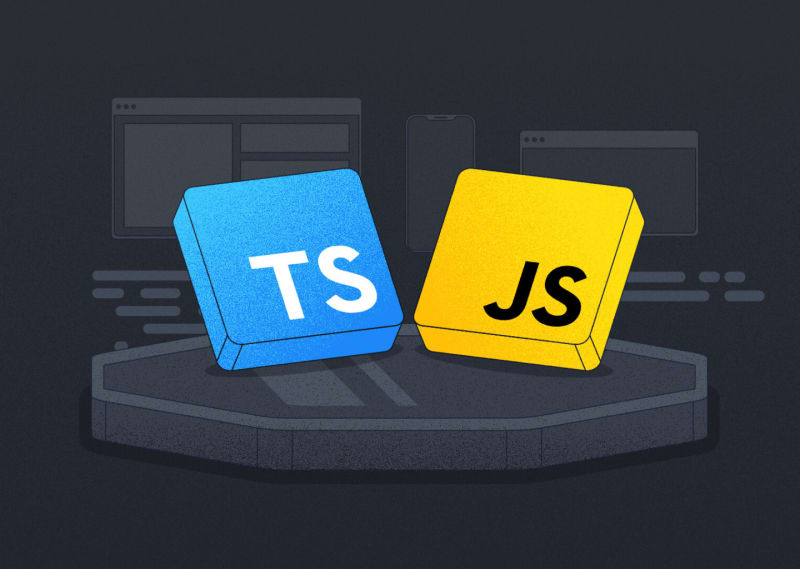In recent years, TypeScript has gained immense popularity in software development, with many considering it a game-changer in enhancing JavaScript's capabilities and making codebases more maintainable. However, a surprising trend has emerged in the tech industry: some significant projects and companies have been moving away from TypeScript. This shift raises the question: why are big projects abandoning TypeScript? In this article, we'll explore the reasons behind this decision.
TypeScript: A Quick Recap
Before diving into the reasons for the departure from TypeScript, let's recap what TypeScript is and why it initially gained favor.
TypeScript is a statically typed superset of JavaScript that adds static types to the language. It allows developers to define the shape and style of variables, function parameters, and return values, which can catch errors at compile-time rather than runtime. TypeScript provides better tooling and code completion, making navigating and understanding large codebases easier.
The Challenges Encountered
Despite its numerous advantages, several challenges and concerns have led to the reconsideration of TypeScript in some big projects:
Complex Configuration: TypeScript often requires extensive configuration, especially in larger projects. Maintaining and understanding these configurations can become burdensome.
Learning Curve: While TypeScript offers static solid typing, it also introduces a learning curve for developers new to the language. This can slow down the onboarding of new team members.
Build Times: In large codebases, TypeScript's type checking and compilation can significantly extend build times, which is detrimental to developer productivity and continuous integration pipelines.
Limited Interoperability: TypeScript sometimes plays poorly with specific JavaScript libraries and frameworks. This can lead to compatibility issues and require extensive type definition files.
Rigid Typing: While static typing can prevent runtime errors, it can be overly restrictive sometimes, leading to more verbose code and decreased flexibility.
Community and Ecosystem: TypeScript has a robust community and ecosystem, but it may not cover all use cases or libraries that a project requires. This can force developers to write custom-type definitions, which can be time-consuming.
Migration Challenges: Migrating an existing JavaScript project to TypeScript can be complex. It may involve rewriting large portions of the codebase and can lead to productivity slowdowns during the transition.
Alternatives and Solutions
In response to these challenges, some big projects have explored alternatives to TypeScript or adopted strategies to mitigate the issues:
JavaScript: Some projects have reverted to plain JavaScript, relying on tools like Babel for transpilation to ensure compatibility with older browsers.
Flow: Facebook's Flow is a static type checker for JavaScript that provides a less intrusive alternative to TypeScript. It offers gradual typing, allowing developers to introduce type annotations incrementally.
Purer TypeScript: Instead of using TypeScript extensively, some projects use it sparingly, focusing on critical areas where strong typing brings the most benefits.
Compiler Optimizations: Leveraging advanced compiler settings and optimizations can help reduce build times and improve TypeScript's performance in large projects.
Gradual Migration: Projects can gradually migrate to TypeScript, tackling one module or component at a time instead of rewriting the entire codebase.
Alternative Languages: Projects have sometimes explored alternative languages like Rust or Kotlin for specific components where type safety is critical.
Conclusion
The decision to move away from TypeScript in big projects isn't a condemnation of the language itself. Instead, it reflects the diverse challenges and requirements of large-scale software development. TypeScript remains an excellent choice for many projects, offering valuable features for enhancing code quality and maintainability. However, it's essential to recognize that one size does not fit all in the tech world, and the best tool for the job may vary depending on the project's specific needs and constraints.
Ultimately, the choice between TypeScript and alternative approaches should be based on carefully assessing the project's requirements, team expertise, and long-term goals. The technology landscape is continually evolving, and the right decision today may differ from tomorrow's.



Top comments (0)